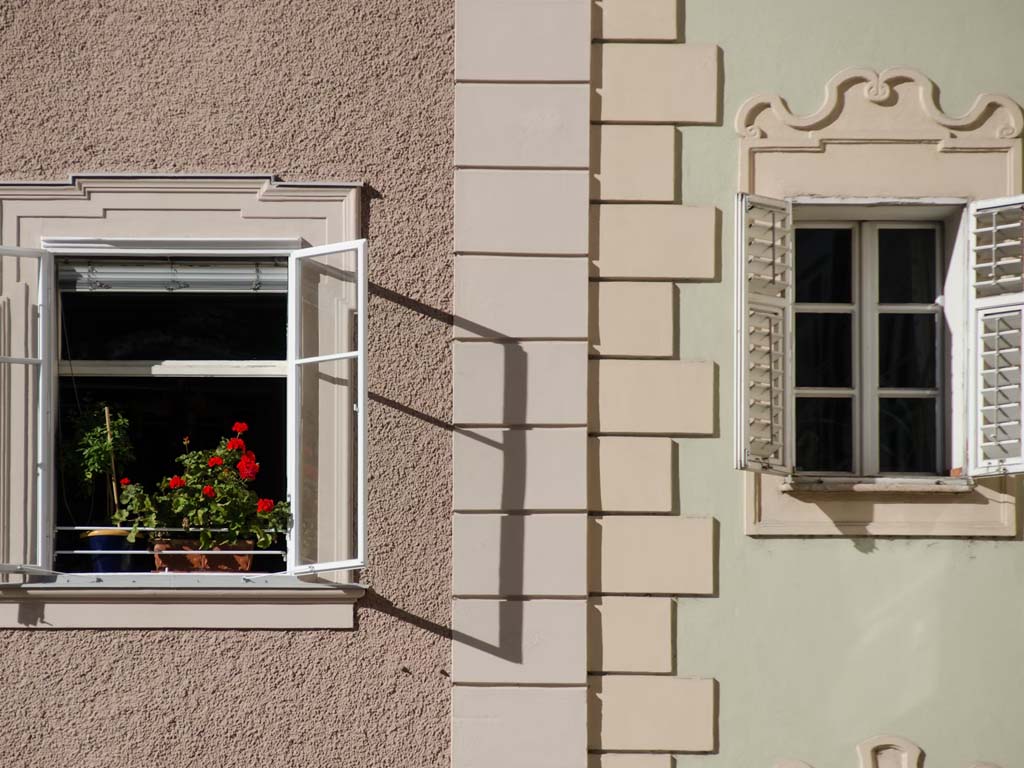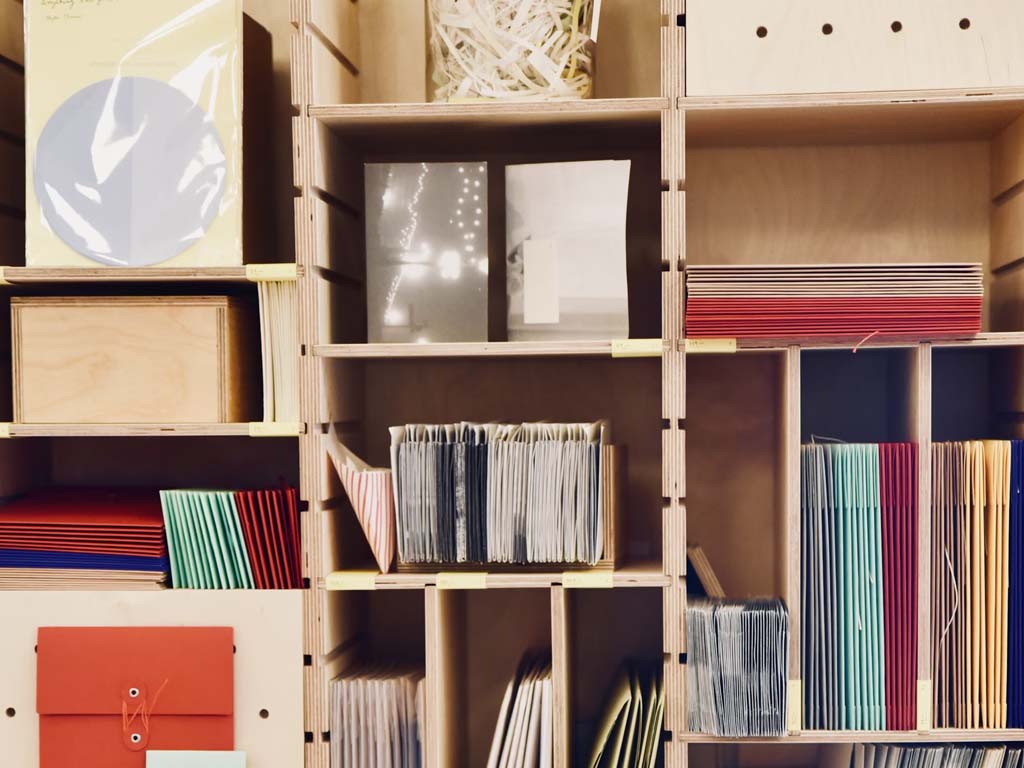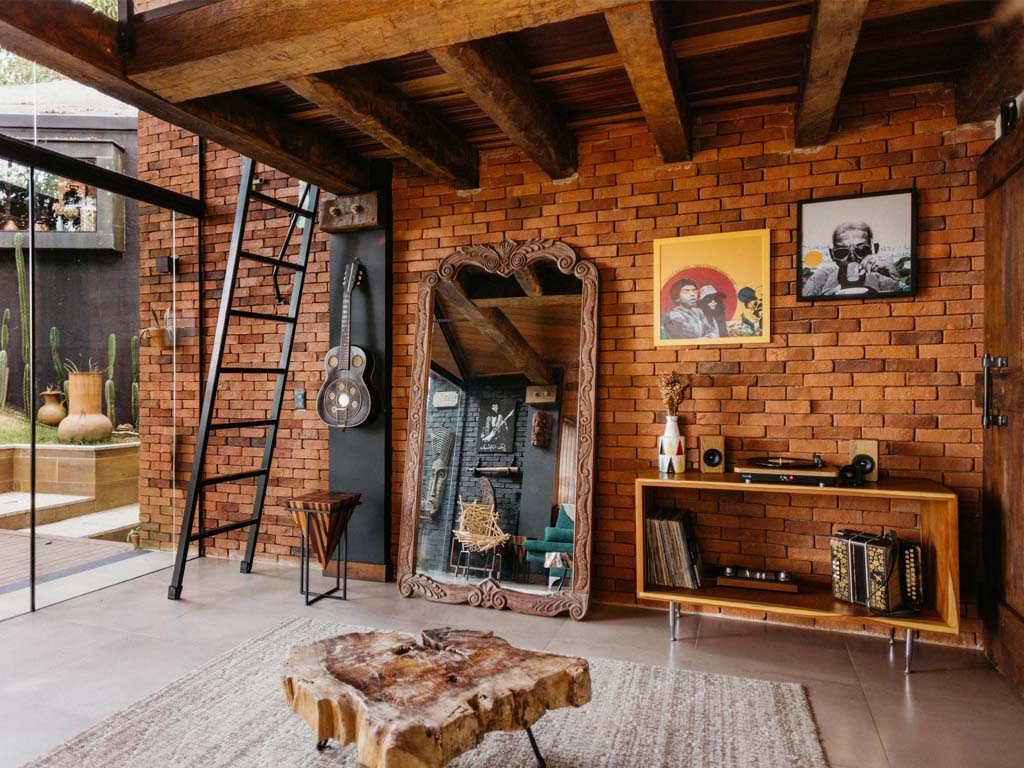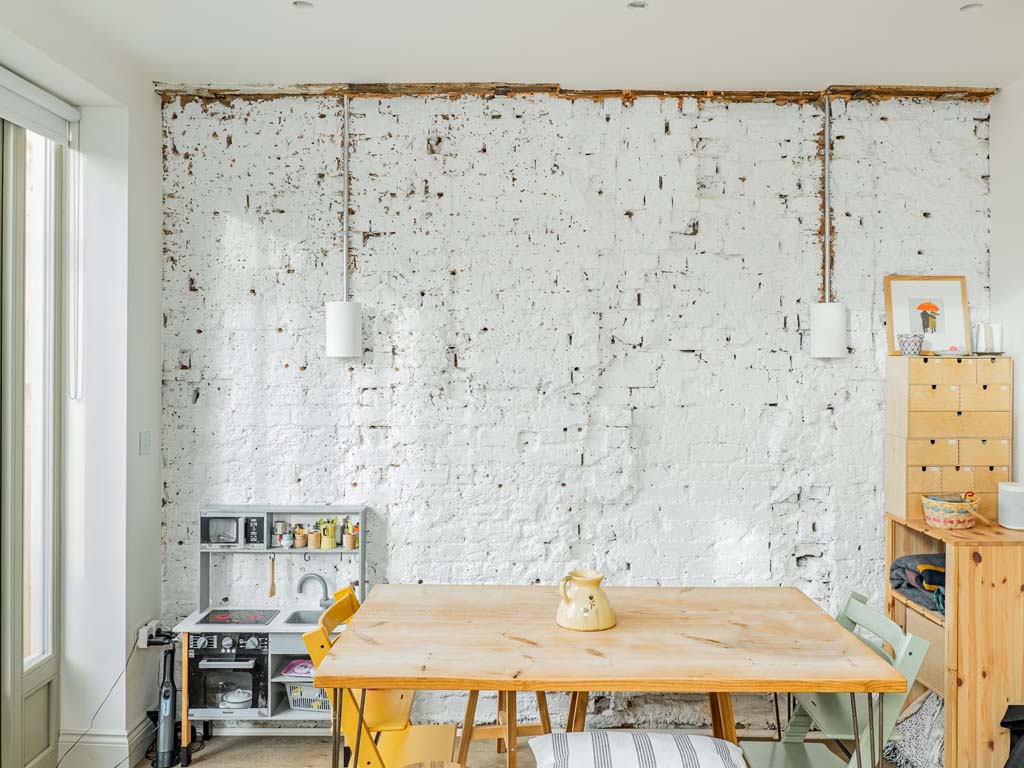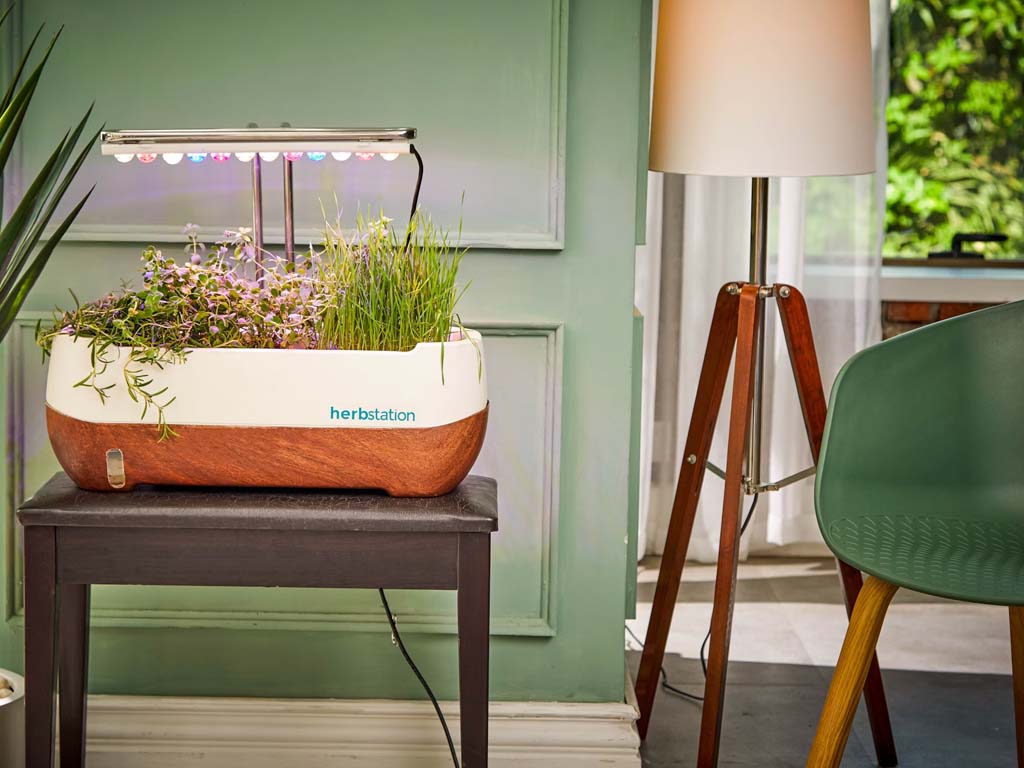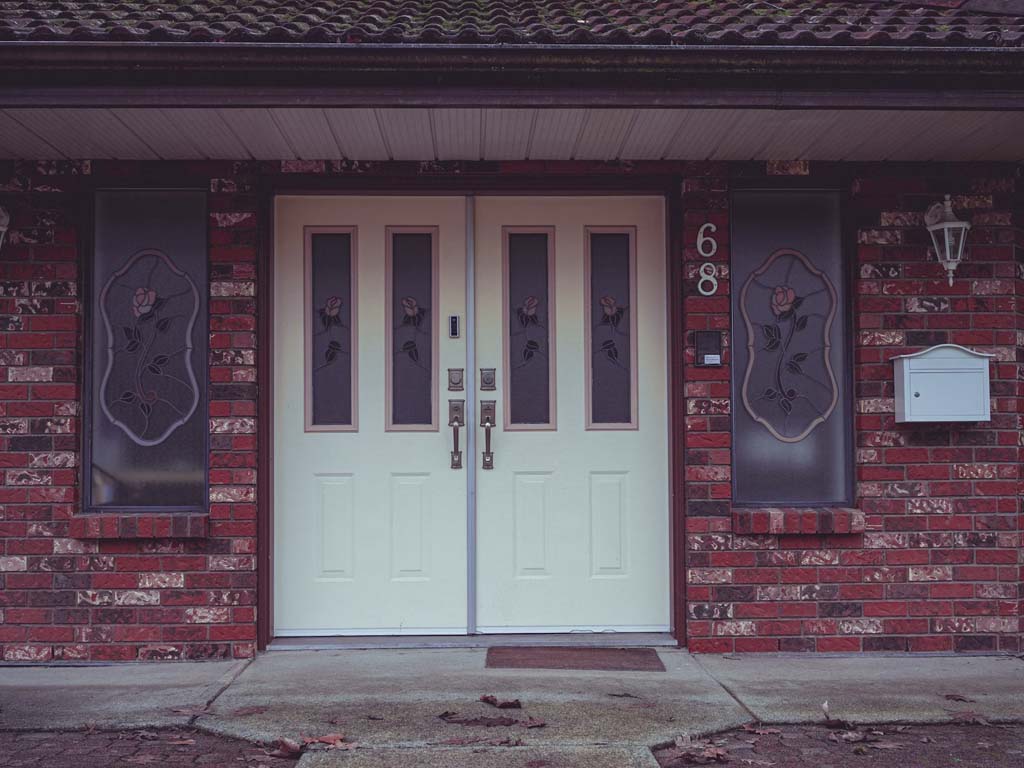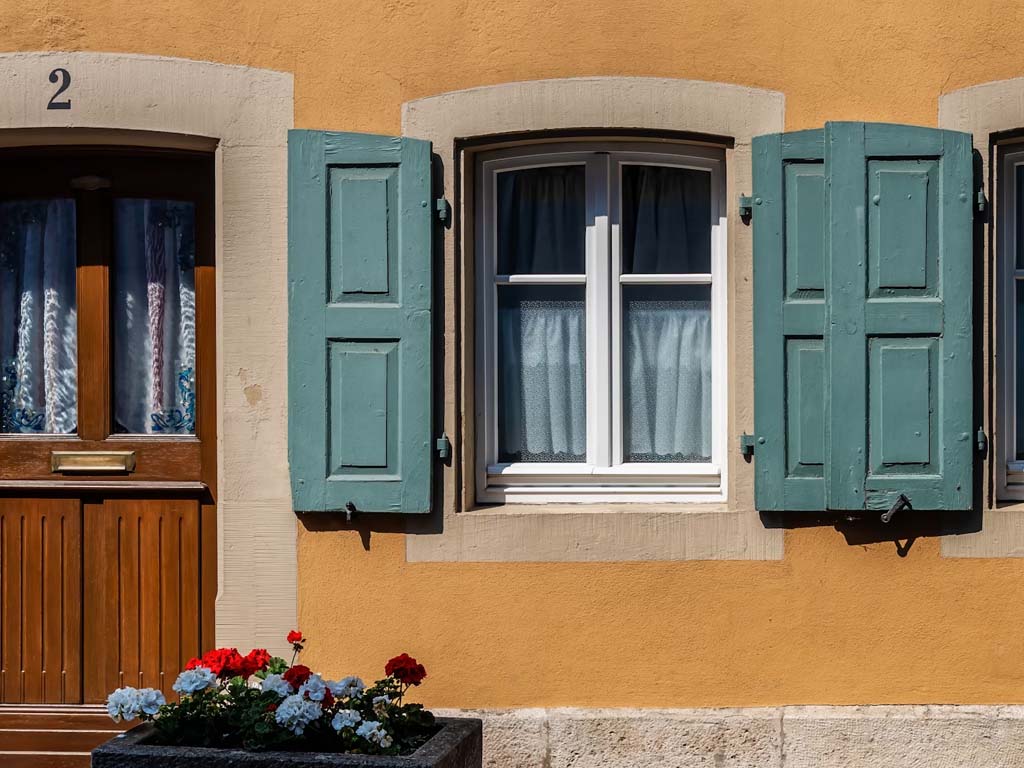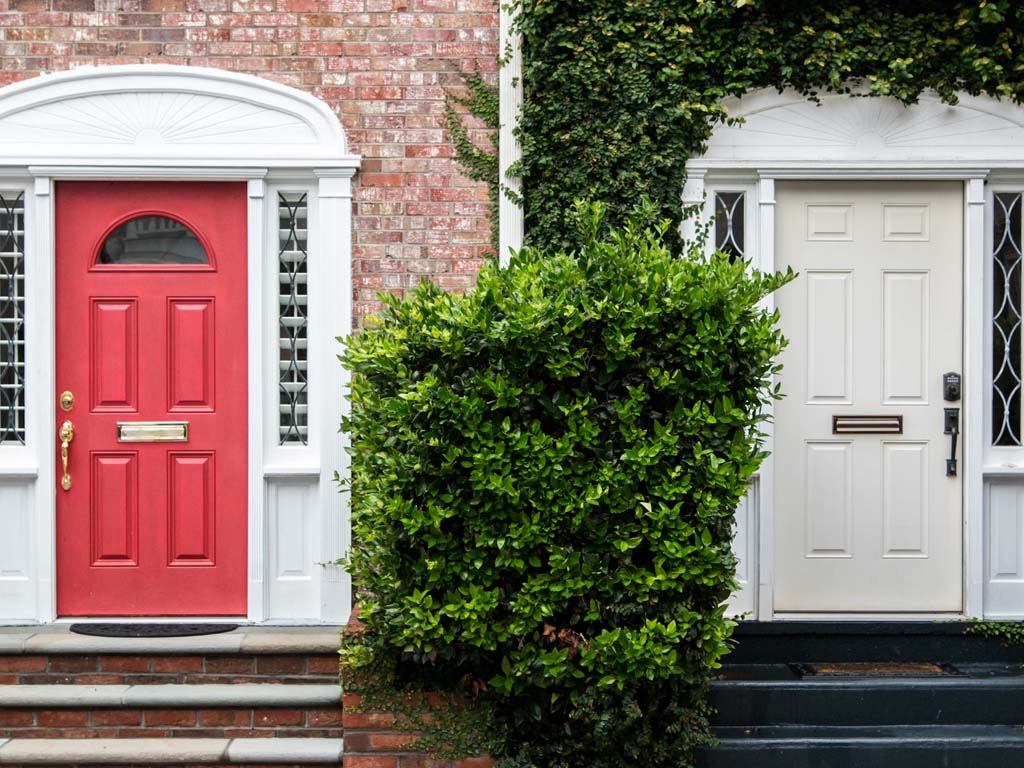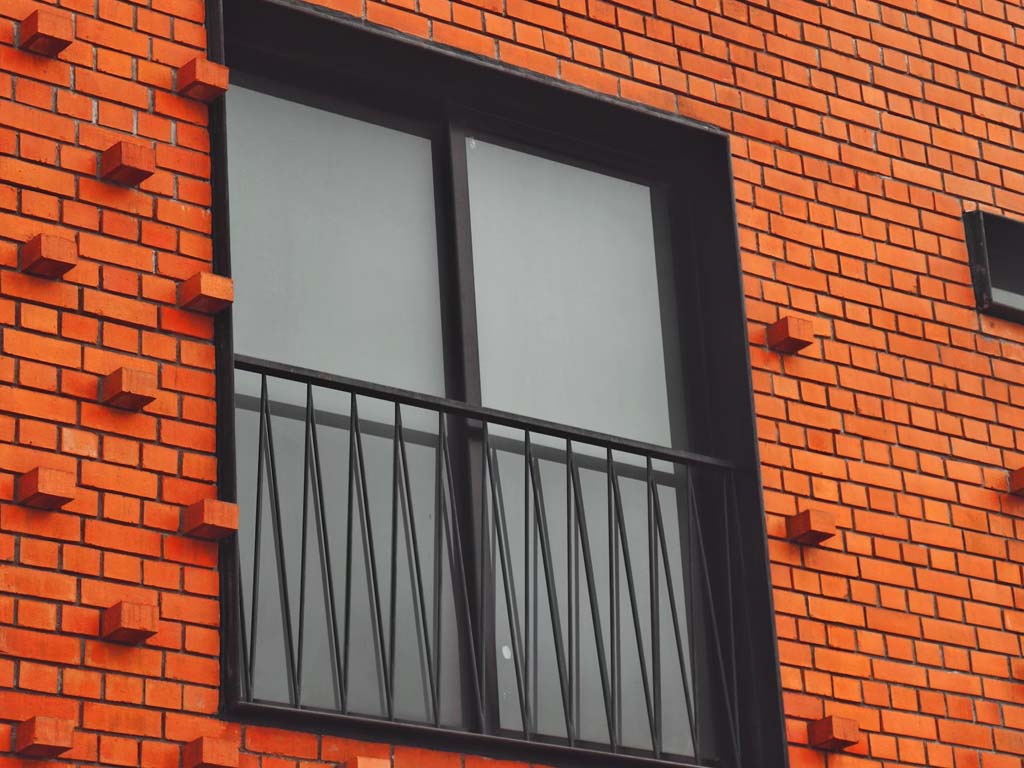Windows are an essential feature of any home, offering more than just a view of the outside world. They play a significant role in enhancing the aesthetic appeal, energy efficiency, and overall comfort of your living space. Whether you’re building a new home or renovating an existing one, choosing the perfect windows is a decision that requires careful thought and consideration. The right windows can transform the look and feel of your home while also improving energy efficiency and boosting your home’s value.
In this comprehensive guide, we’ll explore the factors you should consider when selecting windows for your home, including materials, styles, energy efficiency, and more. Let’s dive into how to choose the perfect windows to match both your aesthetic preferences and functional needs.
1. Understand the Different Types of Windows
The first step in choosing the perfect windows is understanding the different types available. Windows come in various shapes, sizes, and styles, each offering its unique benefits. Let’s explore the most popular types of windows you’ll encounter:
Single-Hung Windows
A single-hung window features a stationary top sash with a bottom sash that slides up and down. These windows are popular in many homes because of their simplicity and ease of use. They also tend to be more affordable than double-hung windows.
Pros:
– Cost-effective.
– Simple, classic design.
– Low-maintenance.
Cons:
– The top sash doesn’t open, which can limit ventilation.
Double-Hung Windows
A double-hung window features two movable sashes, one on the top and one on the bottom, that slide vertically. This allows for greater flexibility in terms of ventilation, as you can open both sashes or just the top for better airflow.
Pros:
– Better ventilation than single-hung windows.
– Easy to clean since both sashes can tilt inward.
Cons:
– Slightly more expensive than single-hung windows.
Casement Windows
Casement windows are hinged on one side and open outward like a door. These windows offer excellent ventilation since you can fully open them, allowing fresh air to flow freely into your home. They are often used in hard-to-reach areas, such as above sinks or counters.
Pros:
– Great ventilation.
– Secure, as they lock tightly when closed.
Cons:
– Can protrude outward, which may be problematic in narrow spaces.
Sliding Windows
Sliding windows have one or more sashes that move horizontally. They’re ideal for larger window openings and are typically easier to operate than traditional hung windows. Sliding windows offer a modern, minimalist look and can be used in various settings.
Pros:
– Easy to operate.
– Great for wide openings and modern homes.
Cons:
– Limited ventilation since only one side may open at a time.
Awning Windows
Awning windows are hinged at the top and open outward, similar to casement windows. These windows are often used in basements or areas where rain protection is important, as they can stay open during light rain without letting water enter.
Pros:
– Can be opened during rain without letting water in.
– Ideal for basements or areas that need ventilation but require protection from rain.
Cons:
– Can block light if installed in a narrow space.
Bay and Bow Windows
Bay windows extend outward from the home’s exterior, forming a cozy nook inside. A bow window is similar but typically features four or more windows that curve outward, creating a rounded appearance. Both styles add a touch of elegance and character to your home’s exterior.
Pros:
– Add architectural interest.
– Can provide additional space inside the room.
– Excellent views and natural light.
Cons:
– Can be expensive to install.
– May require more maintenance due to their complexity.
2. Consider Window Materials
The material of your windows will affect their durability, appearance, maintenance requirements, and energy efficiency. Here are the most common materials used for windows:
Wooden Windows
Wooden windows are timeless and offer a natural, classic look. They provide excellent insulation and can be stained or painted to match your home’s décor. However, they require regular maintenance to prevent rot, especially in damp climates.
Pros:
– Beautiful, traditional appearance.
– Great insulation.
– Can be customized with paint or stain.
Cons:
– Requires regular maintenance to prevent weathering.
– More expensive than other materials.
Vinyl Windows
Vinyl windows are one of the most popular options due to their low maintenance, durability, and energy efficiency. They’re resistant to moisture, won’t rot, and are available in a wide range of styles and colors.
Pros:
– Low maintenance.
– Affordable.
– Excellent insulation and energy efficiency.
Cons:
– Limited color options (may not be as customizable as wood).
– Can be less durable than wood in some cases.
Aluminum Windows
Aluminum windows are durable, lightweight, and offer a modern look. They’re resistant to corrosion and can withstand harsh weather conditions. However, aluminum windows tend to have lower insulation properties compared to other materials, which could result in higher energy costs.
Pros:
– Durable and weather-resistant.
– Sleek, modern appearance.
Cons:
– Poor insulation properties.
– More prone to condensation, leading to potential mold or mildew issues.
Fiberglass Windows
Fiberglass windows are highly durable, energy-efficient, and low-maintenance. They offer excellent insulation and are resistant to expansion and contraction, making them a great option for homes in extreme climates.
Pros:
– Highly durable and long-lasting.
– Great insulation properties.
– Low maintenance.
Cons:
– Can be more expensive than vinyl windows.
– Limited design options compared to wood.
3. Prioritize Energy Efficiency
Energy efficiency is one of the most important factors to consider when choosing windows for your home. Windows can account for up to 25% of a home’s energy loss, so choosing the right windows can significantly reduce heating and cooling costs.
Look for windows that have the following features:
Energy-Efficient Glass
Windows are available with low-emissivity (Low-E) glass, which has a special coating that helps reduce heat transfer. Low-E glass helps keep your home cooler in the summer and warmer in the winter, reducing the need for air conditioning and heating.
Double or Triple Glazing
Double-glazed or triple-glazed windows feature two or three layers of glass with air or gas-filled spaces in between. This design helps reduce heat loss and external noise, making your home more comfortable year-round.
Insulated Frames
In addition to energy-efficient glass, look for windows with insulated frames to further boost their energy efficiency. Vinyl, fiberglass, and wood are all good choices for insulating window frames, while aluminum frames tend to be less energy-efficient.
Energy Star Certification
Windows that have earned the Energy Star label meet strict efficiency guidelines set by the U.S. Environmental Protection Agency. These windows can help you save money on energy bills while reducing your environmental impact.
4. Match Your Home’s Style
The windows you choose should complement the architectural style of your home. Whether you have a modern, traditional, or rustic home, there are windows available in a wide range of styles to fit your aesthetic preferences.
Modern Homes
For modern homes, sleek and minimalist windows, such as sliding windows or casement windows, work well. These windows provide clean lines and large expanses of glass to bring in natural light and create a sense of openness.
Traditional Homes
If you live in a more traditional home, you may want to consider double-hung windows or bay windows. These styles have a classic charm and add character to older homes, while still offering modern functionality.
Cottage or Rustic Homes
For a cottage or rustic-style home, wooden windows or awning windows can complement the natural, earthy aesthetic. These types of windows add warmth and charm, creating a cozy and inviting atmosphere.
5. Determine Your Budget
The cost of windows can vary greatly depending on factors like material, size, style, and energy efficiency. Wooden windows tend to be the most expensive, while vinyl and aluminum windows are typically more affordable. It’s important to determine your budget early on to ensure you choose windows that meet both your aesthetic and financial needs.
When budgeting for windows, also consider the long-term savings that energy-efficient windows can provide. While they may have a higher upfront cost, they can help you save money on heating and cooling bills in the future.
6. Don’t Forget About Installation
Proper installation is key to ensuring your windows perform at their best. Even the highest-quality windows can underperform if they are not installed correctly. Make sure to hire a professional window installer with experience in fitting the type of windows you’ve chosen.
Conclusion
Choosing the perfect windows for your home is a decision that requires careful consideration of various factors, including style, material, energy efficiency, and budget. Whether you’re upgrading your current windows or installing new ones, the right windows can enhance your home’s comfort, appearance, and sustainability.
By understanding the different window types, materials, and energy-efficient features, you can make an informed decision that not only improves your home’s aesthetics but also reduces your energy consumption and long-term costs. Take your time to evaluate all options, and don’t hesitate to consult a professional to help you make the best choice for your home’s needs.
